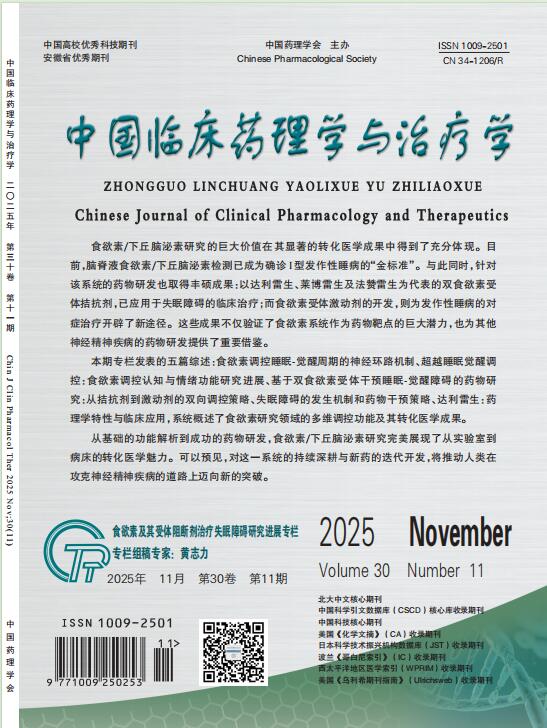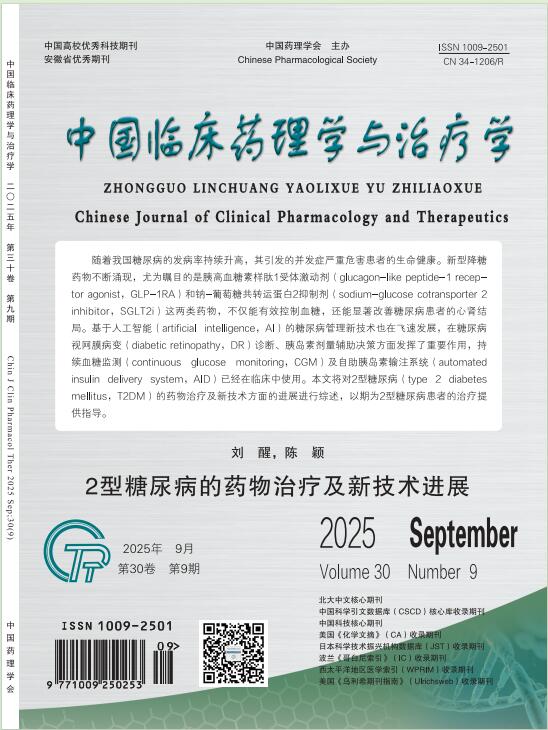Spinal cord injury (SCI) is an impairment caused by direct or indirect external forces acting on the spine, resulting in a sensory-motor dysfunction in corresponding segments. Spinal cord injury can be divided into primary SCI and secondary SCI according to the occurrence sequences and progression mechanism. Secondary SCI is a phenomenon of further aggravation of the extent of SCI caused by the development of pathophysiological processes due to the initial damage of the spinal cord. Secondary SCI includes cell death after SCI, such as loss of neurons, gliosis, inflammatory response, changes in the immune microenvironment, spinal cord edema, ischemia and hypoxia, etc. These factors interact to exacerbate the SCI by causing further changes to the function and structure of the spinal cord neurons. Cationic imbalance, for example, is one of the important factors that affect the process of secondary SCI. There are some common ions in the central nervous system, such as sodium, potassium and calcium, in which concentration variation can cause changes in neuronal excitability and further aggravate the SCI level. Besides, concentration variation of some common ions in the central nervous system, such as sodium, potassium and calcium, is found to cause changes in neuronal excitability and further aggravate the SCI level. The concentration of potassium ions in the extracellular fluid increases when SCI occurs, leading to a decrease in neuronal excitability, which affects neuronal function and structure. In secondary SCI, the increased concentration of sodium ions can enhance neuronal excitability, which exacerbates SCI level. In conclusion, cationic imbalance is closely related to secondary SCI, and can further aggravate the SCI level after injury. Treatment of cation imbalance may become an important strategy in the management of secondary SCI. This paper summarizes the changes and effects of common cations in neurons in secondary SCI, and introduces the relevant drug research progress to provide further theoretical basis for the pathogenesis and treatment of SCI.


